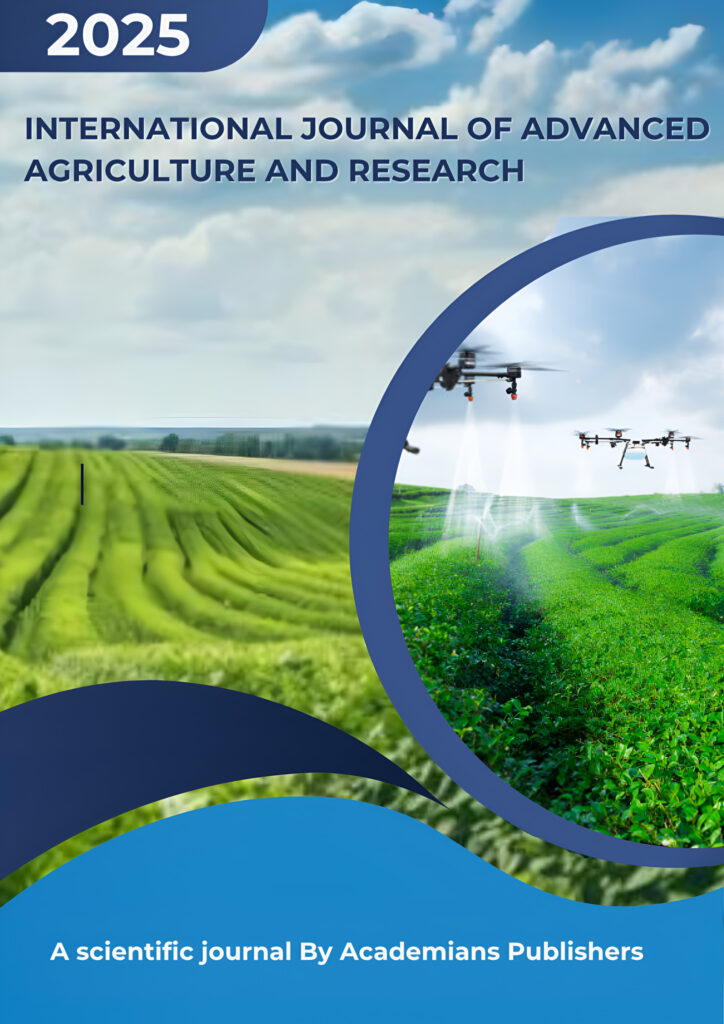
An Open Access Peer Reviewed International Journal.
Publication Frequency: Bimonthly
ISSN Online: XXXX-XXXX
Country of Origin: Nigeria
Language: English
Publisher Name: Academians Publishers
Precision irrigation; neuromorphic computing; spiking neural networks; edge computing; soil matric potential; energy-efficient control.
Efficient water utilization is paramount for sustainable agriculture under increasing environmental pressures, especially as global populations rise and climate change intensifies water scarcity. Traditional precision irrigation systems rely on centralized architectures and periodic remote data processing, resulting in high energy costs and dependency on reliable connectivity, which can be particularly problematic in remote or undeveloped regions where robust infrastructure is lacking. This study presents a novel, fully autonomous irrigation controller leveraging a mixed-signal neuromorphic processor (DYNAP-SE1) to perform local, event-driven decision-making based on soil matric potential (SMP) measurements, thus reducing reliance on external networks and enhancing system resilience. In our approach, soil moisture data from apple and kiwi orchards were encoded into spike trains and processed by a spiking neural state machine with excitatory–inhibitory (EI) balanced dynamics to maintain long-term memory of sparse sensor inputs, allowing for more efficient and timely irrigation decisions. A direction-sensitive readout module generated “open” and “close” actuator commands, replicating conventional threshold-based irrigation rules and ensuring that water is delivered precisely when and where it is needed, minimizing waste. Validation on real-world datasets demonstrated close alignment with standard methods across -20 cm and -40 cm depths, with temporal discrepancies under 2 minutes, indicating the high reliability and accuracy of the neuromorphic controller in practical scenarios. Energy consumption per irrigation decision was estimated at 5.97 µWh, exceeding the efficiency of comparable IoT solutions and offering significant energy savings that are critical for sustainable agriculture. This neuromorphic pipeline offers a scalable, ultra-low-power platform for edge-based irrigation control, eliminating the need for cloud infrastructure and enabling resilient water management in resource-constrained environments, ultimately contributing to long-term agricultural sustainability.
